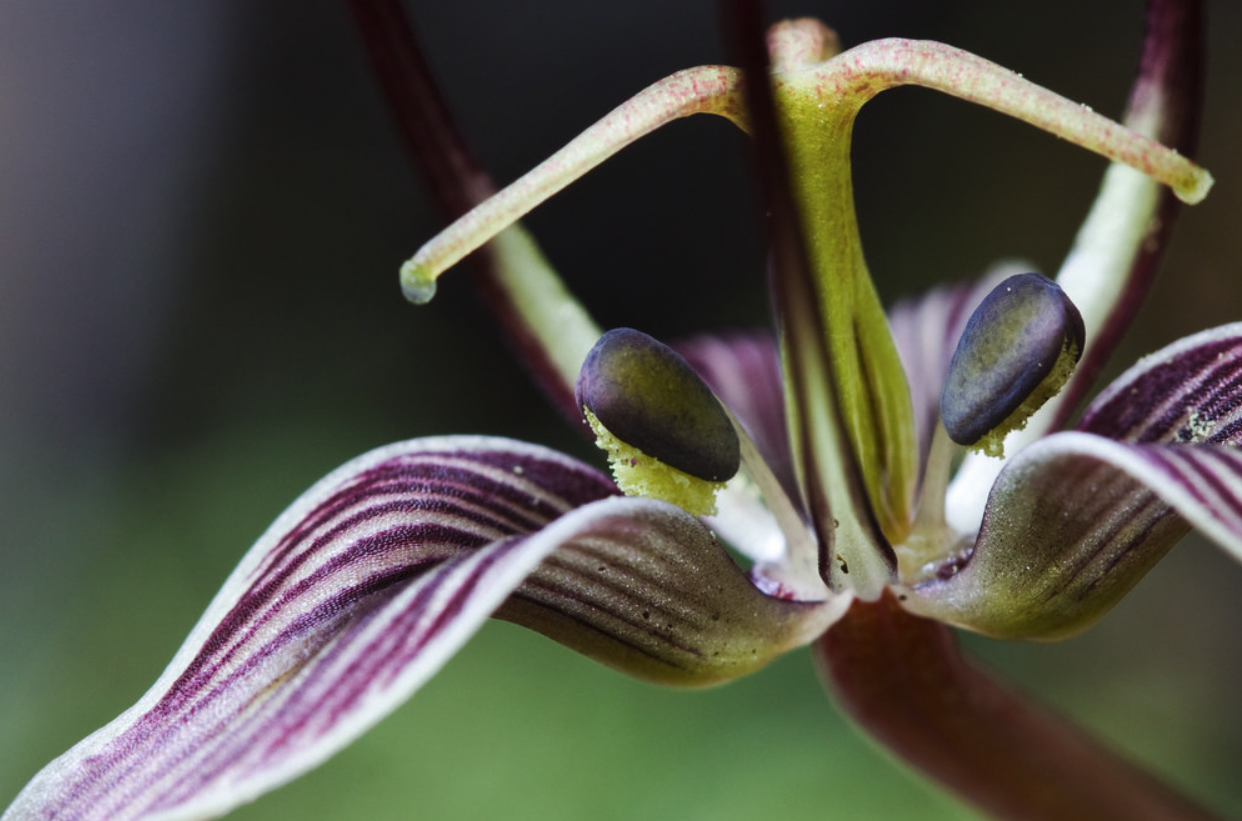Gross primary productivity (GPP) is the rate of carbon fixation by photosynthesis whereas net primary productivity (NPP) is the rate of carbon uptake by plants after accounting for plant respiration.
GPP is always greater than NPP. The difference between the two terms represents the amount of carbon lost to respiration by plants.
NPP can be further subdivided into above-ground NPP (ANPP) and below-ground NPP (BNPP).
ANPP is the rate of carbon fixation by photosynthesis that goes towards producing leaves, stems, and flowers. BNPP is the rate of carbon fixation that goes towards producing roots.
So, GPP = ANPP + BNPP and NPP = ANPP – BNPP.
Table of Contents
Gross Primary Productivity vs. Net Primary Productivity
What affects primary productivity?
There are many factors that affect primary productivity including light, temperature, water availability, and nutrient availability.
When any of these factors is limiting, it will reduce the rate of photosynthesis and therefore lower primary productivity.
Carbon dioxide (CO₂) is essential for photosynthesis but too much CO₂ can have negative effects on plants.
High CO₂ levels can cause leaves to become less efficient at photosynthesis which can in turn lead to reduced plant growth.
Therefore, there is an optimal CO₂ level for each plant species beyond which primary productivity begins to decline.
Not all of the solar energy that hits a plant’s leaves is used for photosynthesis.
Some of the energy is used to power the process of photosynthesis itself and some is lost as heat.
The amount of energy that a plant can convert into useful chemical energy (ATP and NADPH) is called the photosynthetic efficiency.
The photosynthetic efficiency of a leaves decreases as temperature increases.
This decrease in efficiency is caused by two main effects of temperature:
1) an increased rate of respiration, which uses up more of the ATP and NADPH that are produced by photosynthesis, and
2) damage to enzymes involved in photosynthesis.
There is an optimal temperature for each plant species beyond which primary productivity begins to decline.
Water availability also affects primary productivity. Plants need water for photosynthesis but too much water can be just as damaging as too little water.
When plants are waterlogged, their roots cannot get the oxygen they need and begin to die.
If a plant does not have enough water, its leaves will wilt and it will not be able to open its stomata to take in CO₂.
Nutrient availability is another important factor affecting primary productivity. Plants need nutrients such as nitrogen, phosphorus, and potassium for growth.
When these nutrients are in short supply, plant growth will be stunted.
Thus, we see that gross primary productivity is affected by many different environmental factors.
These factors can act together or individually to impact the rate of photosynthesis and, ultimately, primary productivity.

Gross Primary Productivity vs. Net Primary Productivity – FAQs
What is gross primary productivity (GPP)?
GPP is the rate of carbon fixation by photosynthesis.
What is net primary productivity (NPP)?
NPP is the rate of carbon uptake by plants after accounting for plant respiration.
Net Primary Productivity
What is the difference between GPP and NPP?
The difference between GPP and NPP is that GPP includes all carbon fixation by photosynthesis whereas NPP only includes the carbon uptake by plants that is available for growth after accounting for plant respiration.
What is primary productivity?
Primary productivity is a measure of the amount of new organic matter that is created by an ecosystem.
It is typically expressed as the number of grams of carbon per square meter per year.
What are some factors that affect primary productivity?
There are many factors that can affect primary productivity including light, temperature, water availability, and nutrient availability.
How does carbon dioxide (CO₂) affect primary productivity?
Carbon dioxide (CO₂) is essential for photosynthesis but too much CO₂ can have negative effects on plants.
High CO₂ levels can cause leaves to become less efficient at photosynthesis which can in turn lead to reduced plant growth.
What is photosynthetic efficiency?
The amount of energy that a plant can convert into useful chemical energy (ATP and NADPH) is called the photosynthetic efficiency.
How does temperature affect primary productivity?
The photosynthetic efficiency of a leaves decreases as temperature increases.
This decrease in efficiency is caused by two main effects of temperature: an increased rate of respiration, which uses up more of the ATP and NADPH that are produced by photosynthesis; and damage to enzymes involved in photosynthesis.
There is an optimal temperature for each plant species beyond which primary productivity begins to decline.
How does water availability affect primary productivity?
Water availability can have both positive and negative effects on primary productivity.
Plants need water for photosynthesis but too much water can be just as damaging as too little water.
When plants are waterlogged, their roots cannot get the oxygen they need and begin to die. If a plant does not have enough water, its leaves will wilt and it will not be able to open its stomata to take in CO₂.
How do nutrients affect primary productivity?
Nutrient availability is another important factor affecting primary productivity.
Plants need nutrients such as nitrogen, phosphorus, and potassium for growth. When these nutrients are in short supply, plant growth will be stunted.
Primary productivity in ecosystems – Matter and Energy Flow – Environmental Science
Summary – Gross Primary Productivity vs. Net Primary Productivity
In summary, gross primary productivity (GPP) is the rate of carbon fixation by photosynthesis while net primary productivity (NPP) is the rate of carbon uptake by plants after accounting for plant respiration.
The difference between GPP and NPP is that GPP includes all carbon fixation by photosynthesis whereas NPP only includes the carbon uptake by plants that is available for growth after accounting for plant respiration.
There are many factors that can affect primary productivity including light, temperature, water availability, and nutrient availability.
Carbon dioxide (CO₂) is essential for photosynthesis but too much CO₂ can have negative effects on plants. High CO₂ levels can cause leaves to become less efficient at photosynthesis which can in turn lead to reduced plant growth.
The photosynthetic efficiency of a leaves decreases as temperature increases.
This decrease in efficiency is caused by two main effects of temperature: an increased rate of respiration, which uses up more of the ATP and NADPH that are produced by photosynthesis; and damage to enzymes involved in photosynthesis.
Water availability can have both positive and negative effects on primary productivity.
Plants need water for photosynthesis but too much water can be just as damaging as too little water.
When plants are waterlogged, their roots cannot get the oxygen they need and begin to die.
If a plant does not have enough water, its leaves will wilt and it will not be able to open its stomata to take in CO₂. Nutrient availability is another important factor affecting primary productivity.
Plants need nutrients such as nitrogen, phosphorus, and potassium for growth.
When these nutrients are in short supply, plant growth will be stunted. In summary, gross primary productivity (GPP) is the rate of carbon fixation by photosynthesis while net primary productivity (NPP) is the rate of carbon uptake by plants after accounting for plant respiration.
Related: Marsh vs. Swamp vs. Bog vs. Fen – What’s The Difference?


